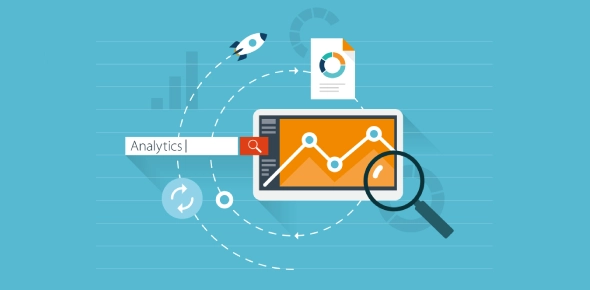Data Analytics Quiz: Test Yourself!
- ISO/IEC 27001
- GDPR
2.
You may optionally provide this to label your report, leaderboard, or certificate.
×
Thank you for your feedback!
















